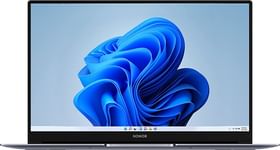At 2.57 pm (11:57 GMT) on Saturday (Aug 20), Russian Space Agency Roscosmos declared its Luna-25 lander crashed while making its attempt to land on the south pole of the moon. The agency reported that an ‘emergency’ situation arose while the 800-Kg Luna-25 probe was making its landing during its crucial thrust operation that was designed to put the probe into its pre-landing orbit.
Roscosmos took measurements on August 19 and 20 to locate the probe and attempt contact which all went unsuccessful. The mission was Russia’s next-big launch in almost 50 years since the last mission to the moons was launched in 1989 when the Phobos 2 probe was launched to explore the moons of Mars. The mission was ill-fated as the probe crashed due to a computer malfunction onboard.
Circling back to Luna-25, the probe was blasted off the Vostochny cosmodrome on August 10 at 7:10 pm EDT. The Russian agency commemorates significant milestones following Luna-25’s launch and placement into the moon’s orbit.
As of now, Roscosmos hasn’t pinpointed exactly what caused the unexpected fate of Luna-25. An investigation will commence to find the cause of the crash.
Luna-25 had a success probability of 70% as per Yuri Borisov, chief at Roscosmos back in June who took President Vladimir Putin through the inherent risks of the lunar missions.
This has made India the top contender to land its Vikram lander aboard Chandrayaan-3 scheduled on August 23rd in the evening. India will become the first country to mark its soft landing on the unexplored south pole of the moon.

































